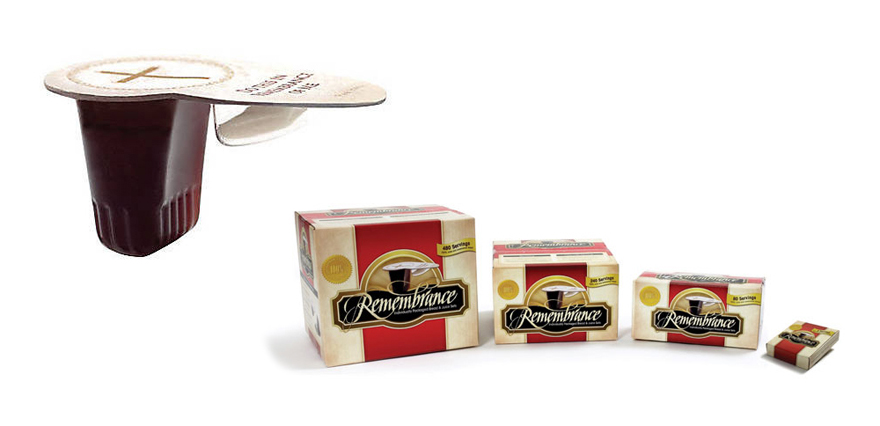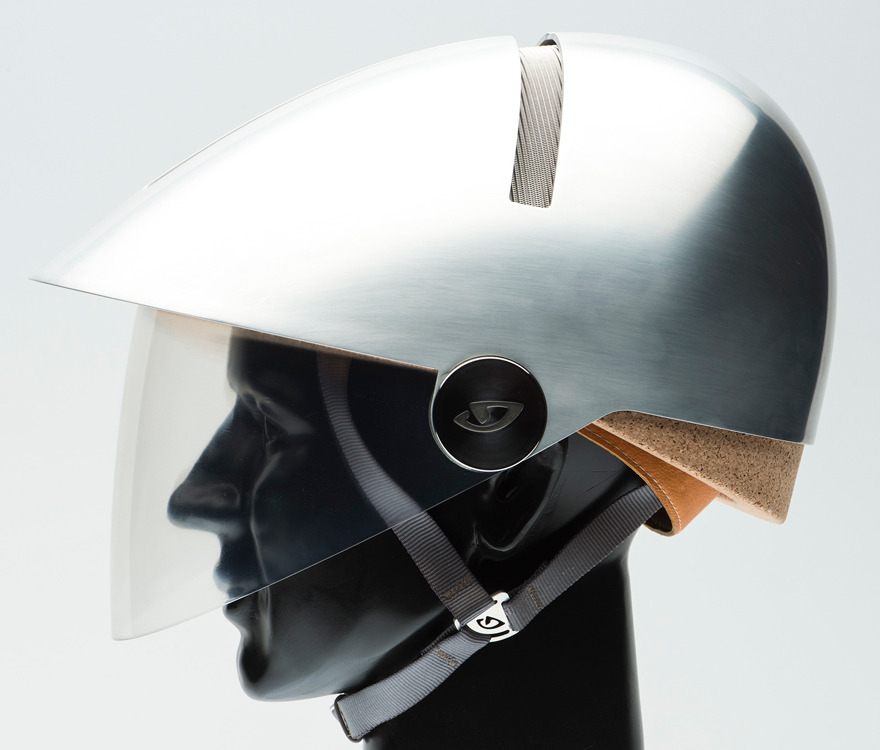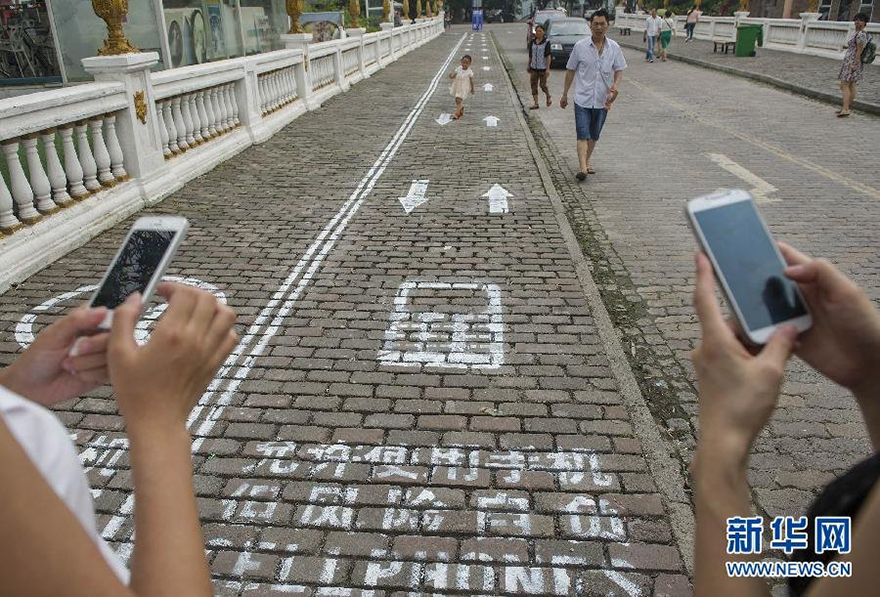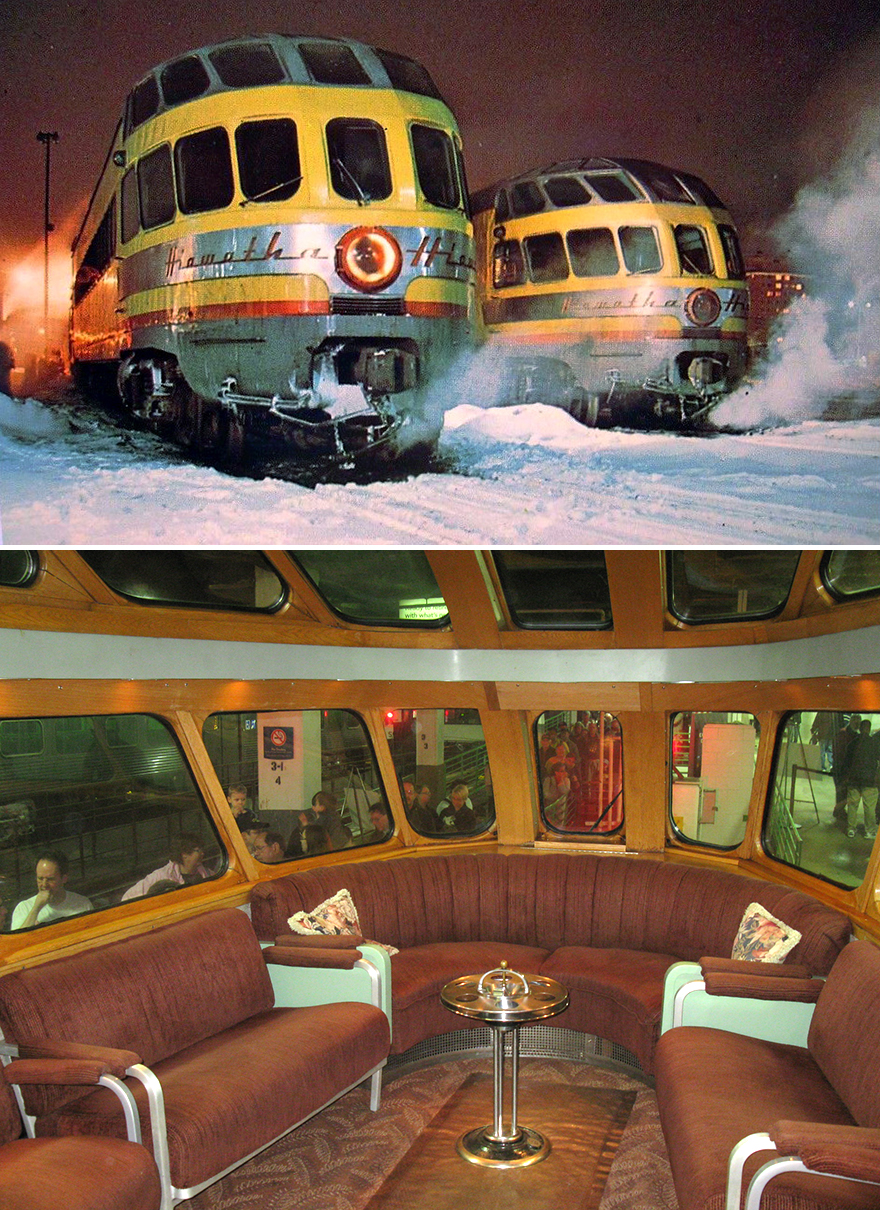![IndustrialFacility-HermanMiller-Locale-1.jpg]() Locale for Herman Miller (2013). Images courtesy of Industrial Facility unless otherwise noted
Locale for Herman Miller (2013). Images courtesy of Industrial Facility unless otherwise noted
Given the current vogue for local, handwrought, artisanal or otherwise bespoke goods, the tide has effectively turned against mass production as millennials forgo the efficiencies of economies of scale in favor of purportedly more meaningful modes. The appeal of these objets is ostensibly the deeper level of personal connection—the prospect of shaking the very hand that made your wallet or dress or dining table is simultaneously atavistic and avant-garde—that justifies the cost of championing local production in the face of, um, faceless overseas manufacturing. This resurgence finds its most fundamental expression not in made-to-order heirlooms but in locavorism: Food products are literally rooted in a place, yet the fact that they are perishable precludes preciousness.
It's ironic, then, that "America has this great tradition of keeping kitchen appliances on the countertop." Kim Colin, co-founder and partner of design firm Industrial Facility, brings it up in the context of the broad shift away from the materialistic mentality of yore, rattling off a few generations' worth of examples. "Mr. Coffee's been there, the Kitchenaid's been there, George Foreman's grill was there for a while, the soda machine might be there now..." That these appliances have a shelf life (with the exception, perhaps, of the stand mixer) is a testament to the consummation of a consumer culture that revels in excess, the food itself being incidental. Whether or not we use them frequently enough to justify the countertop real estate, our society has long kept these objects on display, not only as status symbols in themselves but also because we have the luxury of space.
Or at least we did, before the world's metropolises drew in the majority of its 7.2 billion people and twentysomethings found themselves with less space and fewer things anyway. More kale, perhaps, but less of the other stuff.
![IndustrialFacility-Mattiazzi-BrancaStool.jpg]() The Branca Stool for Mattiazzi (2014)
The Branca Stool for Mattiazzi (2014)
We don't go out and find work, people find us.
Industrial Facility is arguably the best-kept secret in certain circles that extend far beyond its geographic locale of London. In contrast to the likes of Philippe Starck (with whom IF collaborated on TOG) or, say, friend-of-Apple Marc Newson, Kim Colin and her partner Sam Hecht opt for fly-by-night anonymity, much like one of their longtime clients. "[Muji is] not using design as a personality... if there is a personality, it would be Muji." Like kindred spirit Naoto Fukasawa, Industrial Facility's work dissolves into the client's brand—assuming, of course, that the client shares their refiend, purposeful design philosophy.
When Colin notes that "there's a kind of strange public awareness about us—we have what I would characterize as a cult following," she's referring to clients—Established & Sons, LaCie and Issey Miyake, to name a few—but the statement is true of consumers as well. It's not so much a signature style (again, they're designing for the likes of non-brand Muji) but a perspective that guides with their sub rosa appeal. "We're very interested in the actual ways we're living and the ways that's changing," Colin says. "We study it through the different kinds of clients we have... we learn how they're seeing the world, and we often have a very different point of view." She continues: "Those companies then realize that we have more to offer than a specific project on its own, and that we might have something to say about their business, or growth, or direction." Naturally, these deeper relationships tend to be self-selecting, and it's telling that Industrial Facility works closely with companies like Muji and Herman Miller in a design advisory role. "Our clients are unafraid of our questioning and our level of questioning."
Hence, Colin draws the distinction between their design practice and that of the 21st-Century artisan. "I think there are a lot of people working in design that are doing local products. Those are small batch, limited production or production-on-demand," she matter-of-factly declares. "Our scale is mass production, really, and that's why we named our studio Industrial Facility and not Sam Hecht and Kim Colin Studio. We want big companies not to be afraid to use design."
![IndustrialFacility-HermanMiller-Formwork.jpg]() Formwork for Herman Miller (2014)
Formwork for Herman Miller (2014)
![IndustrialFacility-HermanMiller-Formwork-prototypes.jpg]() Prototypes of Formwork
Prototypes of Formwork
(more...)![]()




















 Top left: Ziyun Qi and Wan Jung Hung at a futuring workshop. Other images:
Top left: Ziyun Qi and Wan Jung Hung at a futuring workshop. Other images:  Clockwise from bottom left: Allan Chochinov;
Clockwise from bottom left: Allan Chochinov; 










 All photos by Deena Denaro
All photos by Deena Denaro

 The view from the sky box at the Sir Chris Hoy Velodrome during the men's 40km points race.
The view from the sky box at the Sir Chris Hoy Velodrome during the men's 40km points race. Scotland's tandem cyclists whizzing by as they take the gold.
Scotland's tandem cyclists whizzing by as they take the gold. Vehicle design by Brett Stoltz, exhibited at DAAPworks 2014
Vehicle design by Brett Stoltz, exhibited at DAAPworks 2014 Left: Craig Vogel. Right: Scooter by Miranda Steinhauser and wheelchair concept by Sandra Lin, both exhibited at DAAPworks 2014
Left: Craig Vogel. Right: Scooter by Miranda Steinhauser and wheelchair concept by Sandra Lin, both exhibited at DAAPworks 2014 Shoe design by Jon Kosenick
Shoe design by Jon Kosenick Locale for Herman Miller (2013). Images courtesy of Industrial Facility unless otherwise noted
Locale for Herman Miller (2013). Images courtesy of Industrial Facility unless otherwise noted The Branca Stool for Mattiazzi (2014)
The Branca Stool for Mattiazzi (2014) Formwork for Herman Miller (2014)
Formwork for Herman Miller (2014) Prototypes of Formwork
Prototypes of Formwork







 The Aronoff Center at UC DAAP, shortly after it opened in 1996 (L) and present day (R).
The Aronoff Center at UC DAAP, shortly after it opened in 1996 (L) and present day (R). 
 Lisa Norton and student work from the Designed Objects progam
Lisa Norton and student work from the Designed Objects progam







